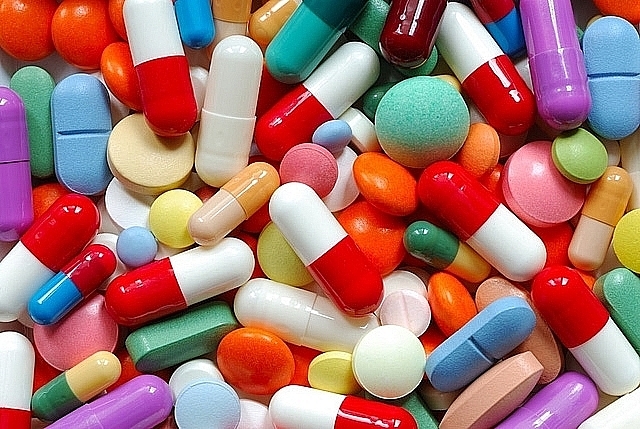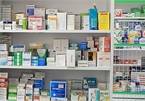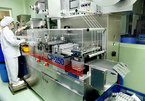 |
Most price increases are said to be announced later this week, but most will be less than 10 per cent and about half of them is said to be in the range of 4-6 per cent.
Pfizer, Sanofi, and GlaxoSmithKline are among the leaders in the Vietnamese pharmaceutical market with strong expansion plans in the country. In particular, Sanofi Vietnam has three factories in the country, supplying 80 per cent of its products locally.
The companies' price hikes in the US have triggered concerns over possible hikes in Vietnam, which could put a burden on local patients.
Vietnam still heavily relies on medicine imports with, on average, 55 per cent of drugs imported every year. Data from Vietnam’s Ministry of Health showed that the country’s drug imports last year increased by 8.8 per cent on-year to $3.7 billion, reflecting growing local demands. Taken together, the number of imported pharmaceuticals granted with marketing authorisation rose from 771 in 2016 to 758 in the 11 months of 2018.
According to the Vietnam Drug Administration (VDA), the pharmaceutical industry will continue to enjoy double-digit growth in the next five years, with the market scale reaching $7.7 billion in 2021. VIR
Bich Thuy

VN's pharmaceutical import turnover may reach $3 billion by end of year
With the average pharmaceutical import turnover of $245 million per month, the figure of the whole year of 2019 may reach $3 billion, equaling 50 per cent of the whole scale of the market.

Usage of Vietnam-made pharmaceuticals rising across the country: health ministry
Domestically-made drugs have met nearly half the demand of Vietnamese people in treatment and prevention of diseases, while the country has successfully produced 12 out of 13 types of vaccines used nationwide.
 Pfizer, Sanofi, and GlaxoSmithKline are reported to plan increasing drug prices in the US in 2020, triggering public concerns over a similar hike in Vietnam.
Pfizer, Sanofi, and GlaxoSmithKline are reported to plan increasing drug prices in the US in 2020, triggering public concerns over a similar hike in Vietnam.